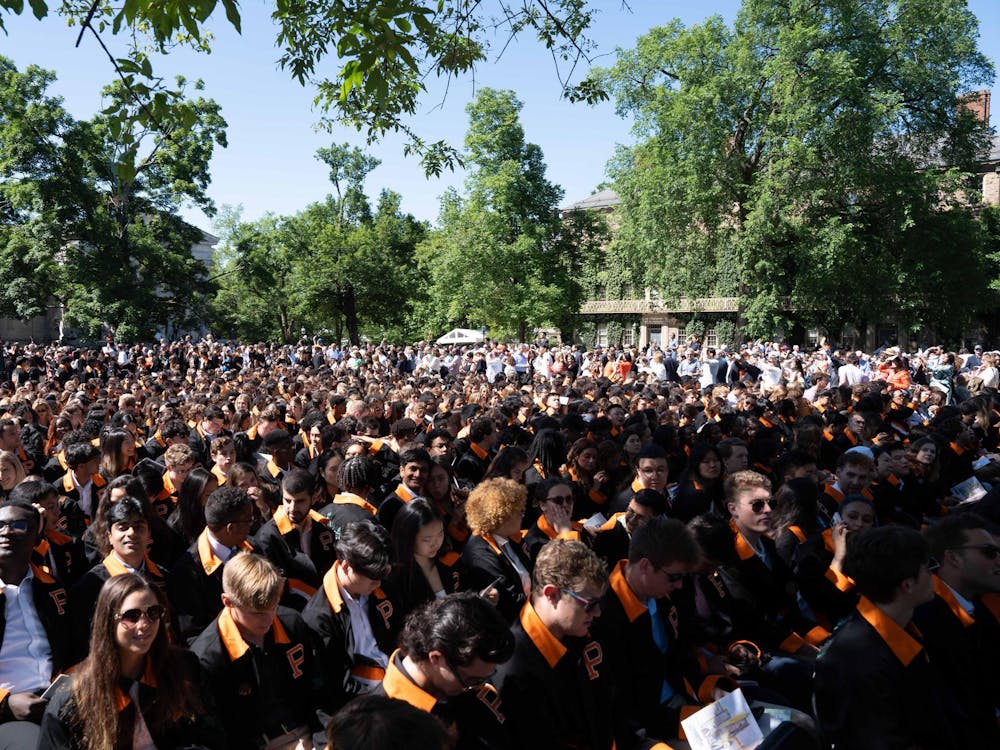Throughout the academic year, the Editorial Board has generally focused on issues relevant to the day-to-day operation and wellbeing of the University. As the summer approaches, however, it is important to consider our institution from a broader perspective — a much broader perspective. This month, a New York Times column by Columbia professor Mark Taylor called “End the University as We Know It” provoked a vigorous debate about the fate and future of the research university. Taylor called for a number of paradigmatic shifts in the nature of American higher education, changes ranging from improved use of videoconferencing to the abolition of academic majors as we know them.
Many of the changes proposed in Taylor’s column — such as better preparing graduate students for work outside of academia — seem promising. Yet beyond such relatively uncontroversial suggestions, Taylor also argues that the structure of the research university is itself “obsolete.” He suggested a radical change, namely the abolishment of standing academic departments in favor of temporary, “problem focused” concentrations such as “water” or “terrorism.” Beyond this, Taylor also called for universities to offer more classes on the internet to save resources and take advantage of resources at other campuses. Only through such changes, Taylor said, can a university harness the power of interdisciplinary research and regain its intellectual relevance. Though Taylor is right to highlight the importance of interdisciplinary work, ultimately his suggestion would destroy too much of what is valuable in the modern university. Fortunately, Princeton presents an alternative model. In meeting the challenges of modernity, Princeton has done an excellent job of promoting interdisciplinary exchange while protecting the expertise and excellence that can only be acquired by permitting rigorous and deep focus in particular fields of study. By offering innovative courses like the humanities sequence and the integrated sciences program, as well as creative programs like the Wilson School, our university suggests a middle way by which we can achieve the benefits Taylor offered while preserving what matters most. What’s more, we’ve been able to do so without sacrificing the close contact between students and faculty that Taylor seems to think unnecessary but that we believe to be vital.Of course, this is not to say that Princeton has reached a perfect balance. As new fields of study develop, we must constantly re-evaluate our academic tactics and strategies. For the most part, however, Princeton has shown that the modern university may well be able to have its cake and eat it, too.
ADVERTISEMENT
ADVERTISEMENT







